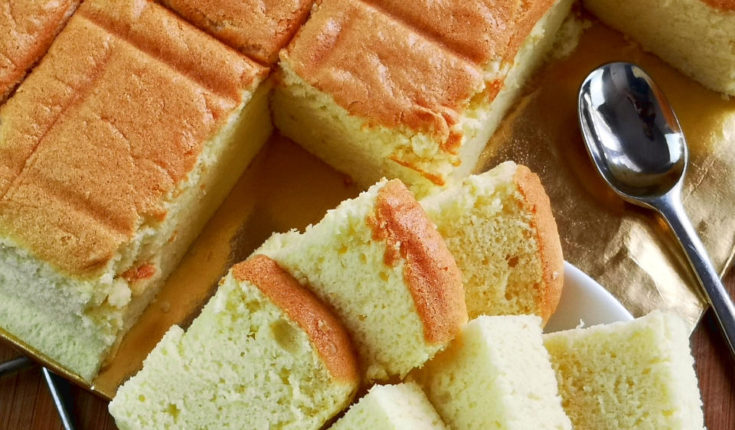Delicate Delights: The Artistry of Japanese Sponge Cake (Castella)
In the realm of confectionery, the Japanese sponge cake, known as Castella, stands as a testament to simplicity, precision, and the art of achieving sublime delicacy in taste and texture. Rooted in centuries-old traditions, this iconic cake has evolved into a symbol of craftsmanship and refined sweetness, captivating palates worldwide. Let’s embark on a journey to unravel the allure and craftsmanship behind the beloved Japanese Castella sponge cake.
A Legacy of Elegance:
Origins: Castella cake traces its origins back to the 16th century when Portuguese merchants introduced the recipe to Japan. Over time, the cake underwent a metamorphosis, integrating Japanese techniques and ingredients to create the delicate, airy sponge recognized today.
Craftsmanship and Technique:
Ingredients: The simplicity of Castella belies its complexity in execution. This sponge cake primarily comprises four key ingredients: eggs, sugar, flour, and honey. The meticulous balance and precise whipping of these ingredients yield its signature texture—moist, spongy, and subtly sweet.
Baking Process: The hallmark of Castella lies in its methodical preparation. Traditional recipes involve the time-consuming process of slowly and continuously blending and aerating the eggs and sugar, resulting in a fine, uniform batter. Baking in special wooden molds at controlled temperatures further enhances the cake’s texture and prevents excessive browning.
The Essence of Elegance:
Texture and Flavor: Castella’s allure lies in its ethereal texture—a soft, airy crumb that delicately melts on the tongue. Its subtle sweetness, attributed to honey and meticulously beaten eggs, sets it apart from other sponge cakes, making it a versatile canvas for various flavors and fillings.
Variations and Innovations: While the classic Castella retains its simplicity, modern adaptations include variations like matcha (green tea), chocolate, or even citrus-infused versions. These innovations honor tradition while embracing contemporary tastes.
Cultural Significance:
Gifts and Celebrations: Castella has become a symbol of goodwill and gift-giving in Japan. Often presented as omiyage (souvenirs) or gifts during festivals and celebrations, the cake embodies the spirit of sharing and appreciation.
Culinary Harmony: Castella’s unassuming elegance finds itself at home in the Japanese concept of “wabi-sabi,” embracing simplicity, imperfection, and the beauty found in the natural essence of things—an embodiment of understated elegance.
Conclusion: A Taste of Refinement
Japanese Castella sponge cake transcends mere confectionery; it encapsulates a legacy of precision, tradition, and refined simplicity. With each slice, one experiences not just a delightful dessert but a journey through time—a testament to the mastery of culinary artistry that continues to captivate hearts and palates, celebrating the essence of grace and sophistication in every delicate bite.



